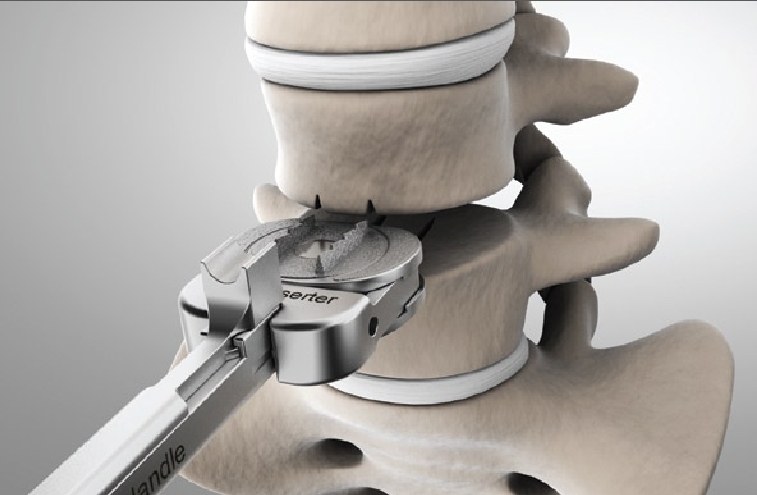Case Reports
. 2023 Feb 28;16(2):e253760.
doi: 10.1136/bcr-2022-253760.
Affiliations
Affiliations
- 1 Department of Orthopedic Surgery, National Health Insurance Service Ilsan Hospital, Goyang, Korea (the Republic of).
- 2 Department of Orthopedic Surgery, Yonsei University College of Medicine, Seodaemun-gu, Seoul, Korea (the Republic of).
- 3 Department of Orthopedic Surgery, National Health Insurance Service Ilsan Hospital, Goyang, Korea (the Republic of) [email protected].
Free PMC article
Item in Clipboard
Case Reports
Yung Park et al.
BMJ Case Rep.
.
Free PMC article
Display options
Format
. 2023 Feb 28;16(2):e253760.
doi: 10.1136/bcr-2022-253760.
Affiliations
- 1 Department of Orthopedic Surgery, National Health Insurance Service Ilsan Hospital, Goyang, Korea (the Republic of).
- 2 Department of Orthopedic Surgery, Yonsei University College of Medicine, Seodaemun-gu, Seoul, Korea (the Republic of).
- 3 Department of Orthopedic Surgery, National Health Insurance Service Ilsan Hospital, Goyang, Korea (the Republic of) [email protected].
Item in Clipboard
Display options
Format
Abstract
Spinal fusion surgery is the most commonly performed orthopaedic surgical procedure. However, subdural hygroma occurrence is a very rare complication after revision spinal fusion surgery. Here, we report a case of revision lumbar fusion surgery at the L3-4 level. The patient developed acute conus medullaris syndrome at 10 days postoperatively. MRI showed a subdural, extra-arachnoid area fluid collection following the T12-L2, cephalad to the area of revision spinal fusion. When patients have a decreased motor grade, difficulty in voiding urine and neurological abnormalities after lumbar spine surgery, conus medullaris syndrome with a possible occurrence of subdural hygroma should be considered. In this situation, immediate imaging investigations and emergency surgery might be necessary to reduce the pressure on the spinal cord.
Keywords:
Neuroimaging; Neurosurgery; Spinal cord.
© BMJ Publishing Group Limited 2023. Re-use permitted under CC BY-NC. No commercial re-use. See rights and permissions. Published by BMJ.
Conflict of interest statement
Competing interests: None declared.
Figures

Figure 1
(A) Sagittal and axial T2-weighted…
Figure 1
(A) Sagittal and axial T2-weighted MRI obtained preoperatively, 6 months after a previous…
Figure 1
(A) Sagittal and axial T2-weighted MRI obtained preoperatively, 6 months after a previous laminectomy and discectomy at L4–5 and posterior lumbar interbody fusion at L4–5–S1. There were no signs of fluid collection. (B) Sagittal and axial T2 MRI obtained 10 days after the development of conus medullaris syndrome. The image reveals newly developed subdural complicated fluid collection (arrow) through the T12–L1–L2 level, which seems to cause moderate conus medullaris compromise. (C) Sagittal and axial T2 MRI obtained after hygroma evacuation. The previous fluid collection is resolved.
References
MeSH terms
Cite

